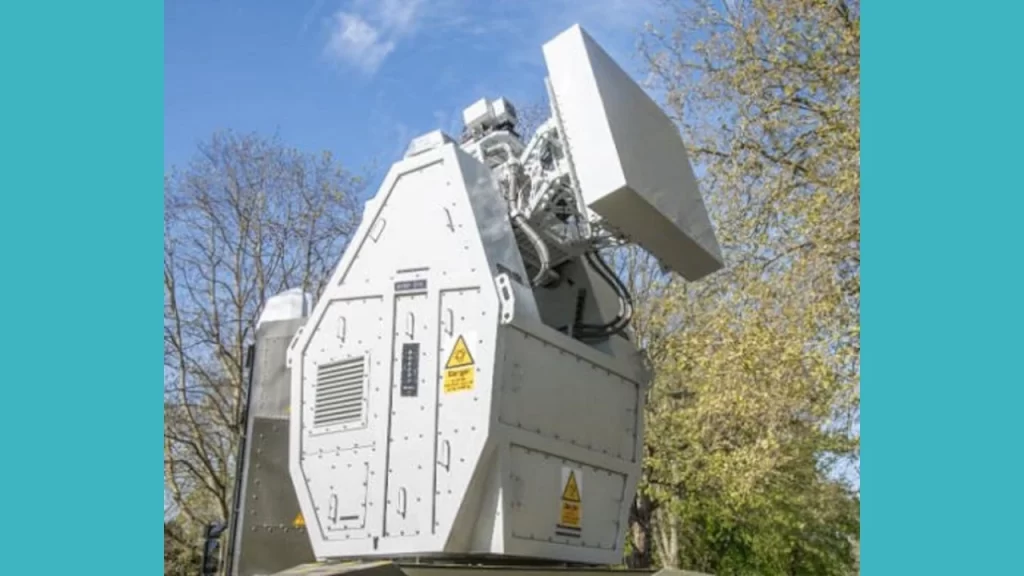In Ukraine, multi-million dollar surface-to-air missile systems are employed to kill kamikaze drones worth a few thousand dollars, like the Iranian Shahed 136. This highlights the need for strategies to reduce the operational costs of air defense systems against such threats.
One potential solution is the development of directed energy weapons. These weapons have an operational cost of only a few euros, are highly precise, and do not use projectiles. However, their effectiveness depends on various factors, starting with weather conditions. Israel has already developed Iron Beam Laser Defense for such applications.
Several types of directed energy weapons exist, the most well-known being those that emit a laser beam, such as the Helma-P system tested in June 2023 from the air defense frigate Forbin and the DragonFire, whose integration on Royal Navy ships is being accelerated.

Since September 2021, the UK Ministry of Defence (MoD) has been strategically funding the development of a new type of directed energy weapon under the “Hersa” program. This program, led by the Defense Equipment and Support (DE&S) agency, with technical support from the Defense Science and Technology Laboratory (Dstl), and for which Thales UK has been selected, is a significant step in advancing anti-drone defense technology.
In addition to DragonFire, this program aims to develop a radio frequency-directed energy weapon (RFDEW). The principle is to emit a powerful electromagnetic signal capable of damaging or destroying electrical and electronic circuits.
On May 16, the UK Ministry of Defence (MoD) provided more details about this new weapon, which it described as “revolutionary.”
This RFDEW will allow, for example, the neutralization of a swarm of drones for just “10 pence”. It can also be used against other types of devices, with the MoD highlighting its effectiveness against “land, air, and naval threats.” However, its effectiveness is somewhat limited by a range of only 1 kilometer. “Further developments are underway to extend this,” the MoD assured.
The high level of automation also means that a single person can operate the system, the MoD added, emphasizing that this technology would provide a “solution for the protection of critical assets and bases.”
The 7th Air Defence Group of the British Army is expected to test this new weapon during the summer.

